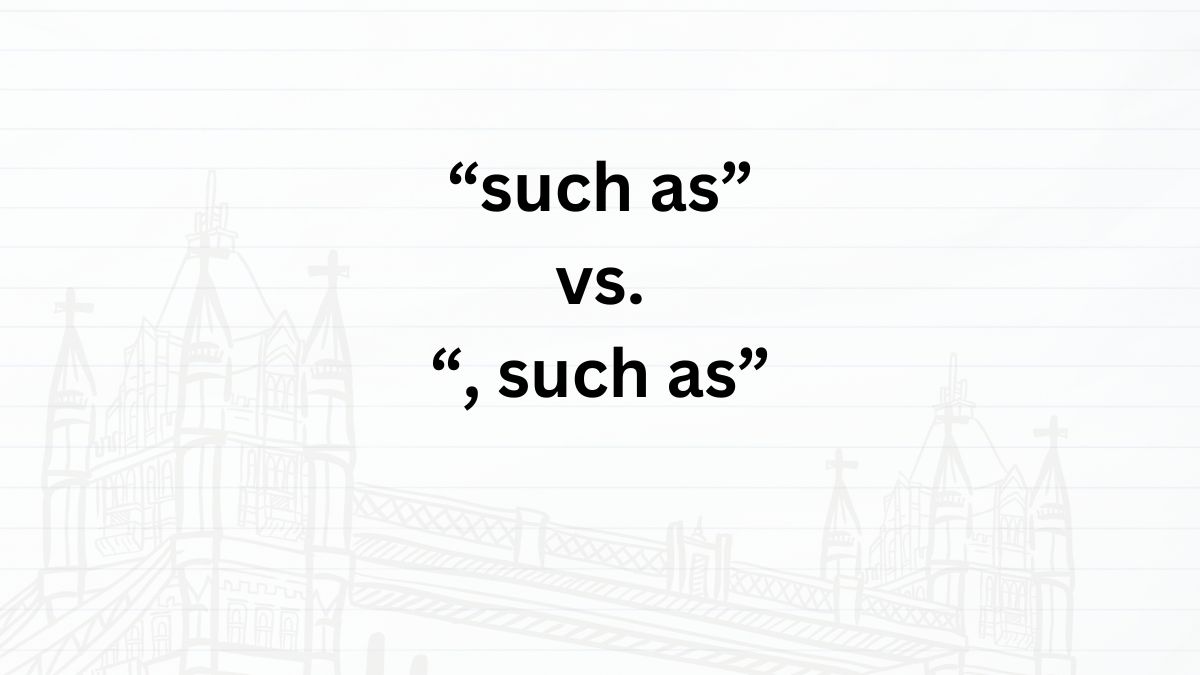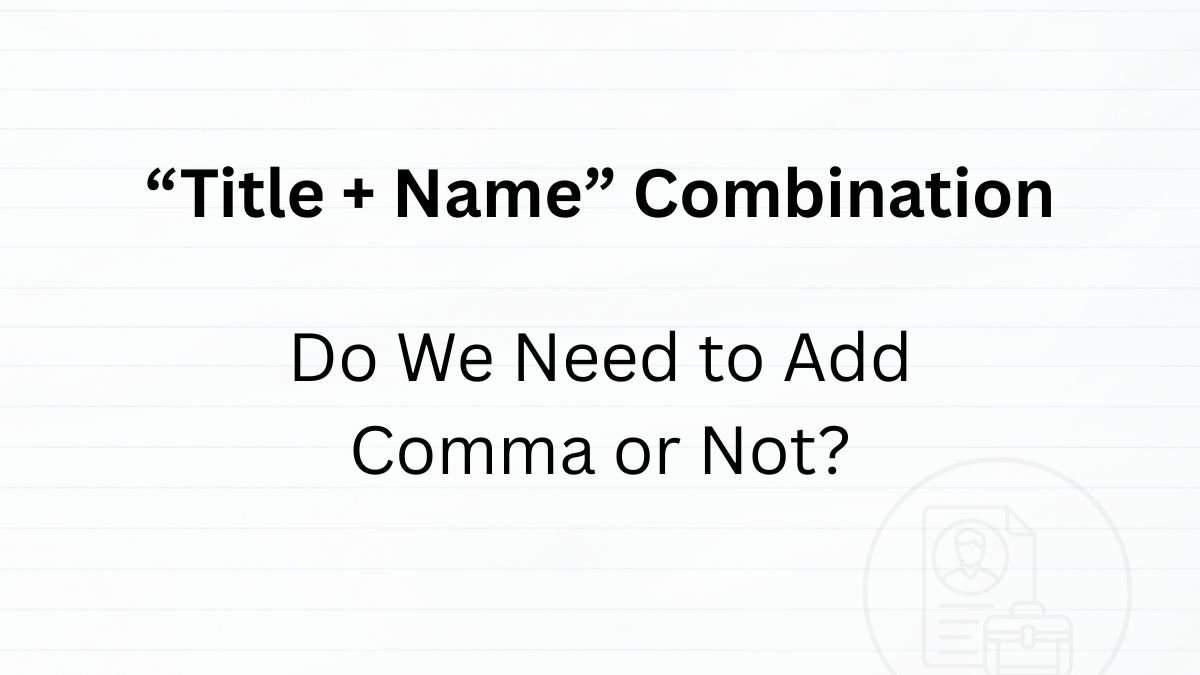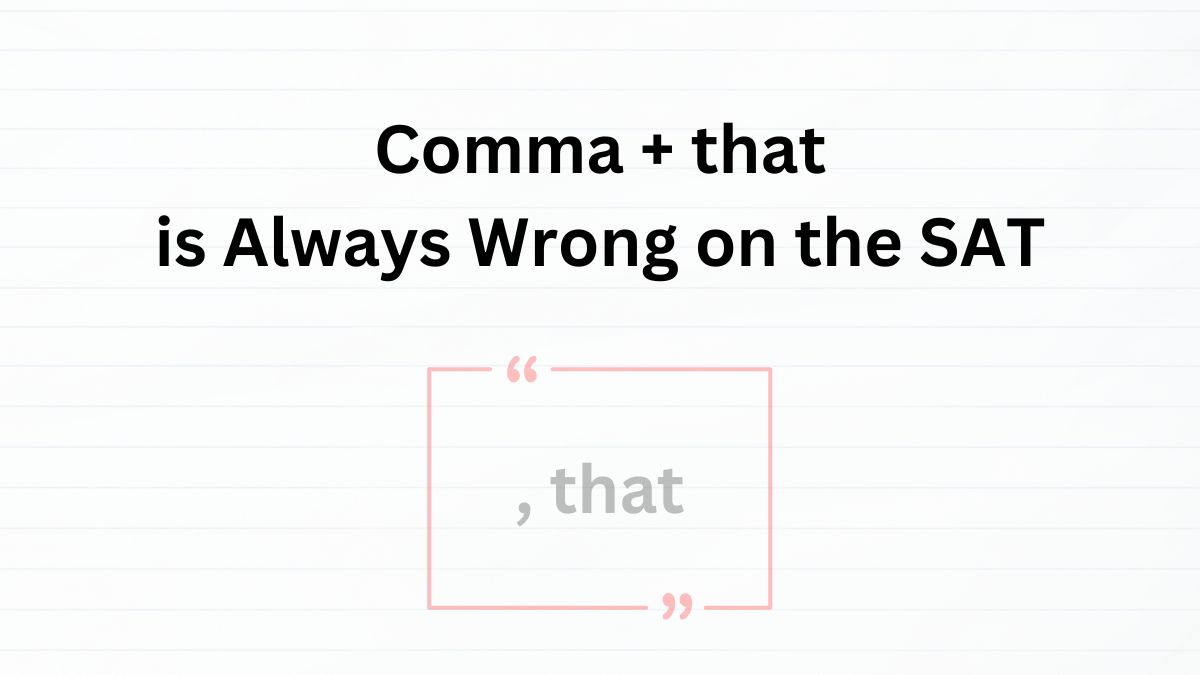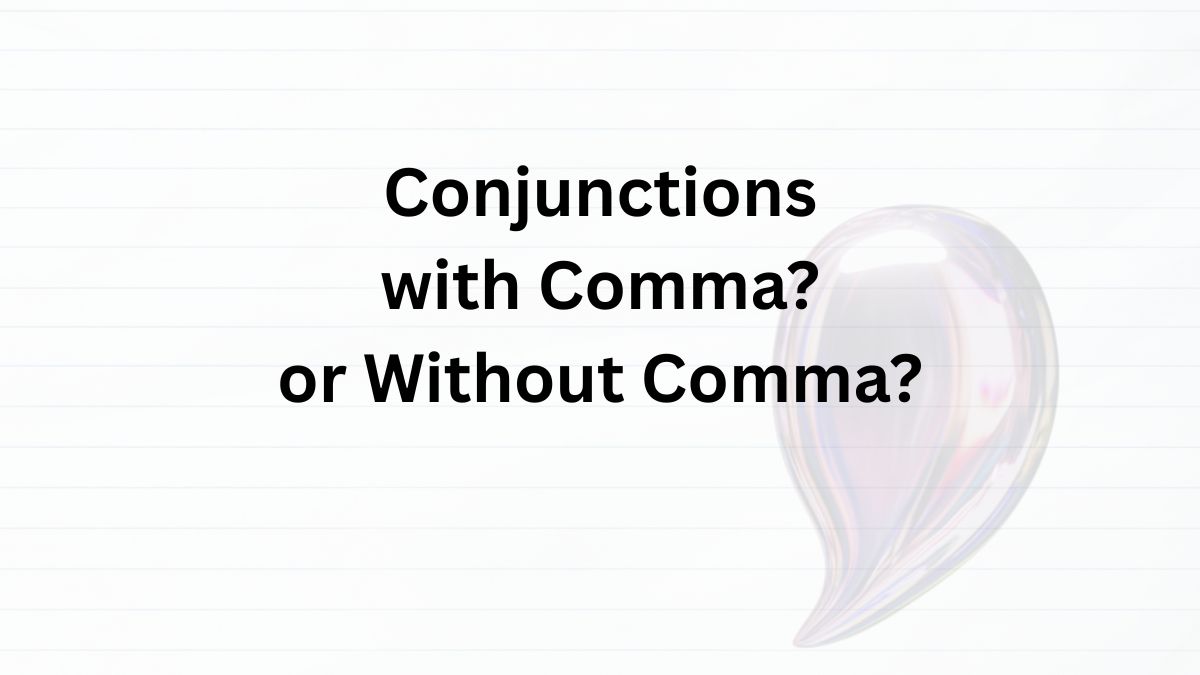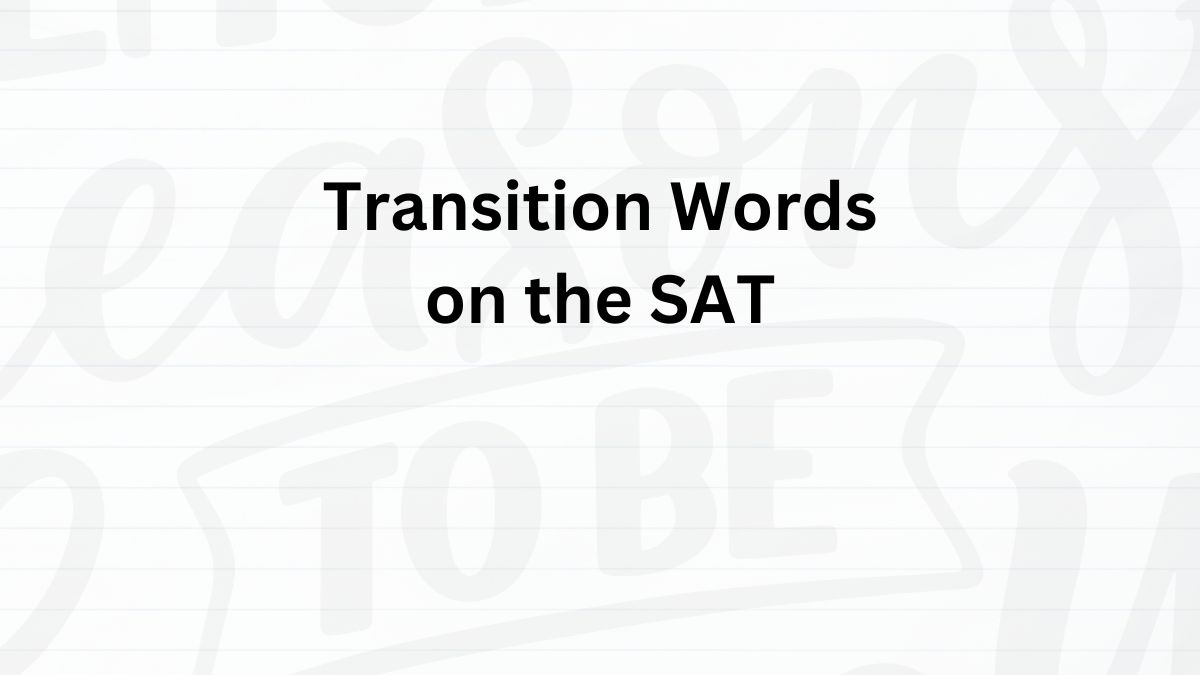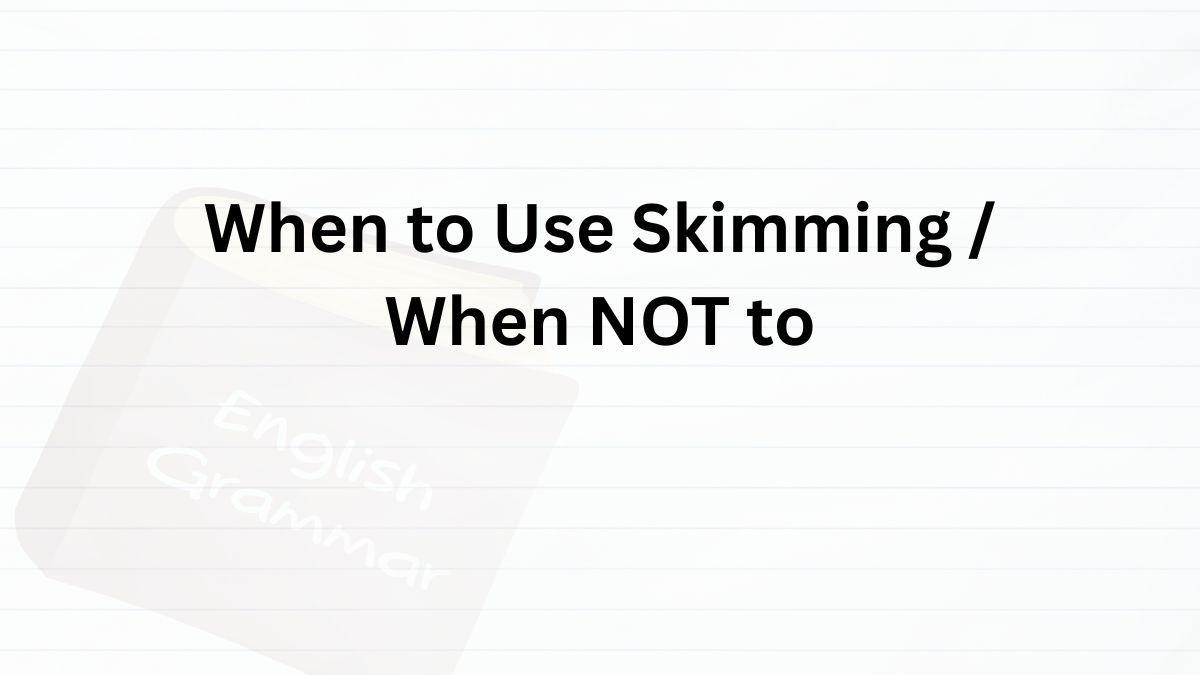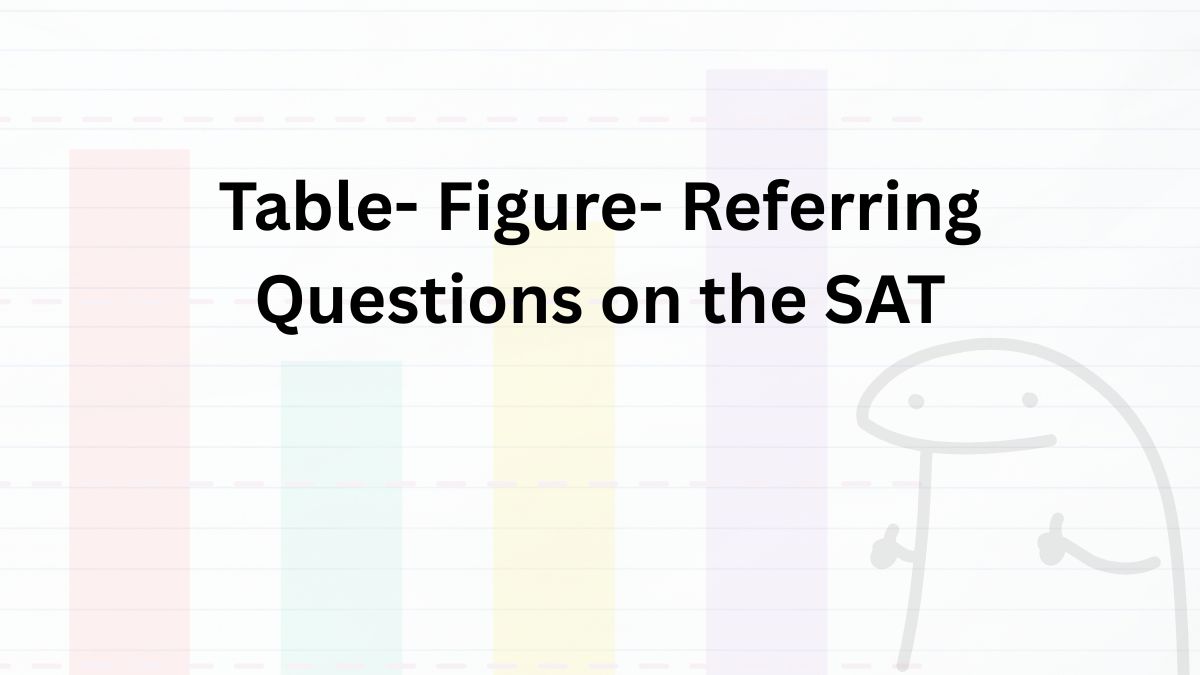
How to Approach SAT Questions That Refer to a Table and Figure
Table of Contents
Table/Figure-Referring Questions
You’ll typically see one to three questions of this type in each module. In these questions, you’ll first read a short passage, and then refer to a table or chart (figure) to find the correct answer.
The following is an SAT-like example of a table-referring question.
Depending on whether there is a blank at the end of the passage, table-referring questions can be divided into two main types:
- Selecting the conclusion
- Supporting or weakening a given conclusion
Selecting the Conclusion
In most table-referring questions that ask you to identify a conclusion, there’s a blank at the end of the passage. So, your first step should be to check whether the passage ends with a blank space.
This type of question requires you to read the entire passage carefully, understand how the table relates to the information in the text, and then choose the option that best fits both.
On the digital SAT, questions of this type often include the following instruction.
- Which choice most effectively uses data from the graph to complete the text?
Because you’re drawing a conclusion from all the given information, it’s better to read the entire passage, not just the last few lines. Skimming the ending might occasionally help, but it’s not a dependable plan.
Steps to Find the Answer
If there’s a blank at the end of the passage, use this approach:
- Read the passage carefully.
- Match claims in the passage to the table.
– Note what the data actually shows (trends, comparisons, exceptions). - Decide what the blank should do.
– Is the best ending one that confirms the passage (reinforces the trend) or one that offers a counterpoint (a surprising twist that still fits the data)? - Choose the conclusion that best fits both the passage and the data.
Here’s how the steps work in solving a problem.
Explanation
Now, let’s follow the steps we’ve checked to solve the problem effectively.
Step1. Read the passage carefully
Both the passage and the table describe how blueberries and spinach grow in acidic soil.
The table shows each plant’s optimal soil pH and their growth in two different acidity levels: pH 4.5 and pH 7.0.
Step2. Decide what the blank should do.
At the end of the passage, we find the phrase “the student was surprised to discover.”
This tells us that the missing sentence should be counter-intuitive, something opposite to what we would normally expect.
Let’s test this idea. Blueberries show expected results: they grew better (35.2 cm) in soil closer to their optimal pH and worse (12.7 cm) in soil farther from it. That’s not surprising.
Spinach, however, gives an unexpected result. It grew almost the same in both soils (pH 4.5 and 7.0). This outcome goes against the expectation that plants grow better near their optimal pH, which makes it the counter-intuitive finding the question is looking for.
Step3. Choose the conclusion that best fits both the passage and the data
Now, let’s look for the option that reflects the “surprising conclusion” we identified in the previous step. Among the choices, only this one matches that idea:
Spinach grew nearly as well in acidic soil as it did in neutral soil, despite not being known to tolerate acidity.
This option is counter-intuitive, because spinach is not expected to grow well in acidic conditions, yet the data show otherwise. It connects perfectly with both the text and the table, making it the correct conclusion.
Supporting or Weakening a Given Conclusion
Another type of table-referring problem ask you to find the answer that either supports or weakens the given conclusion. Unlike the “selecting the conclusion” type, here the passage already provides a conclusion, usually near the end of the text. Your task is to decide which option strengthens or undermines that conclusion, depending on what the question asks.
So, your first step is to look at the end of the passage. If there is no blank space, it means the question is asking you to either support or weaken an existing conclusion rather than select one yourself.
The question will make this clear in the wording. You’ll typically see one of the following instructions:
- Which choice best describes data from the graph that support the researchers’ conclusion?
- Which choice best describes data from the graph that undermine the researchers’ conclusion?
Steps to Find the Answer
If there’s no blank in the passage, you should follow these steps:
- Understand the conclusion stated near the end of the text.
- Read the question instruction carefully to determine whether you need to support or undermine the conclusion.
- Refer to the graph or table and identify the data that match the task.
- Choose the option that most clearly supports or contradicts the conclusion, depending on the question’s demand.
Let’s follow these steps in the SAT-like problem.
Explanation
You may notice that this question doesn’t have a blank at the end of the passage. That’s a strong clue that it’s about supporting or weakening a given conclusion. To confirm, check the following two points:
- Look near the end of the passage to find where the author’s conclusion is stated.
- Read the question instruction to see whether it asks you to support or undermine the conclusion.
If both of these conditions are met, you can be confident that the question is testing your ability to support or challenge a stated claim rather than to select a new conclusion.
Step1. Understand the conclusion stated near the end of the text
In this passage, the author concludes that “by 2015, solar energy had become the most heavily traded renewable resource.” This statement appears at the end of the passage.
Step2. Determine whether you need to support or undermine the conclusion
According to the question, you are asked to support the student’s assertion.
Step3. Refer to the graph and identify the data that match the task
The conclusion focuses on solar energy as the most traded renewable resource.
So, you should examine the solar energy section in the graph. Indeed, the data show that among all renewable power equipment, solar panel imports were the highest, confirming the statement.
Step4. Choose the option that most clearly supports the conclusion
Among the given choices, only the option,
Solar panel imports more than tripled between 2005 and 2015, surpassing both wind turbines and hydropower systems.
directly supports the conclusion by showing that solar energy trade grew the most among all three energy sources.


